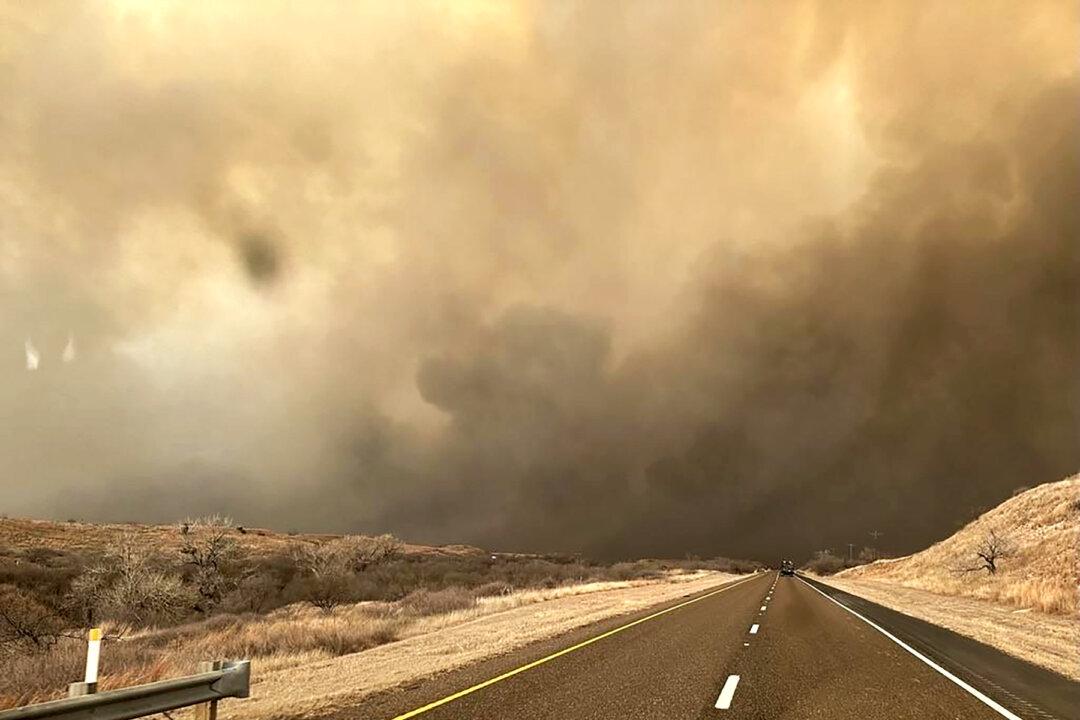Commentary
Environmental activists, mainstream media outlets, and many scientists routinely claim governments must take drastic action to prevent rapidly rising seas. They claim unless humans are forced to stop using fossil fuels, low-lying islands and coastal areas will soon be swamped beneath the waves.





